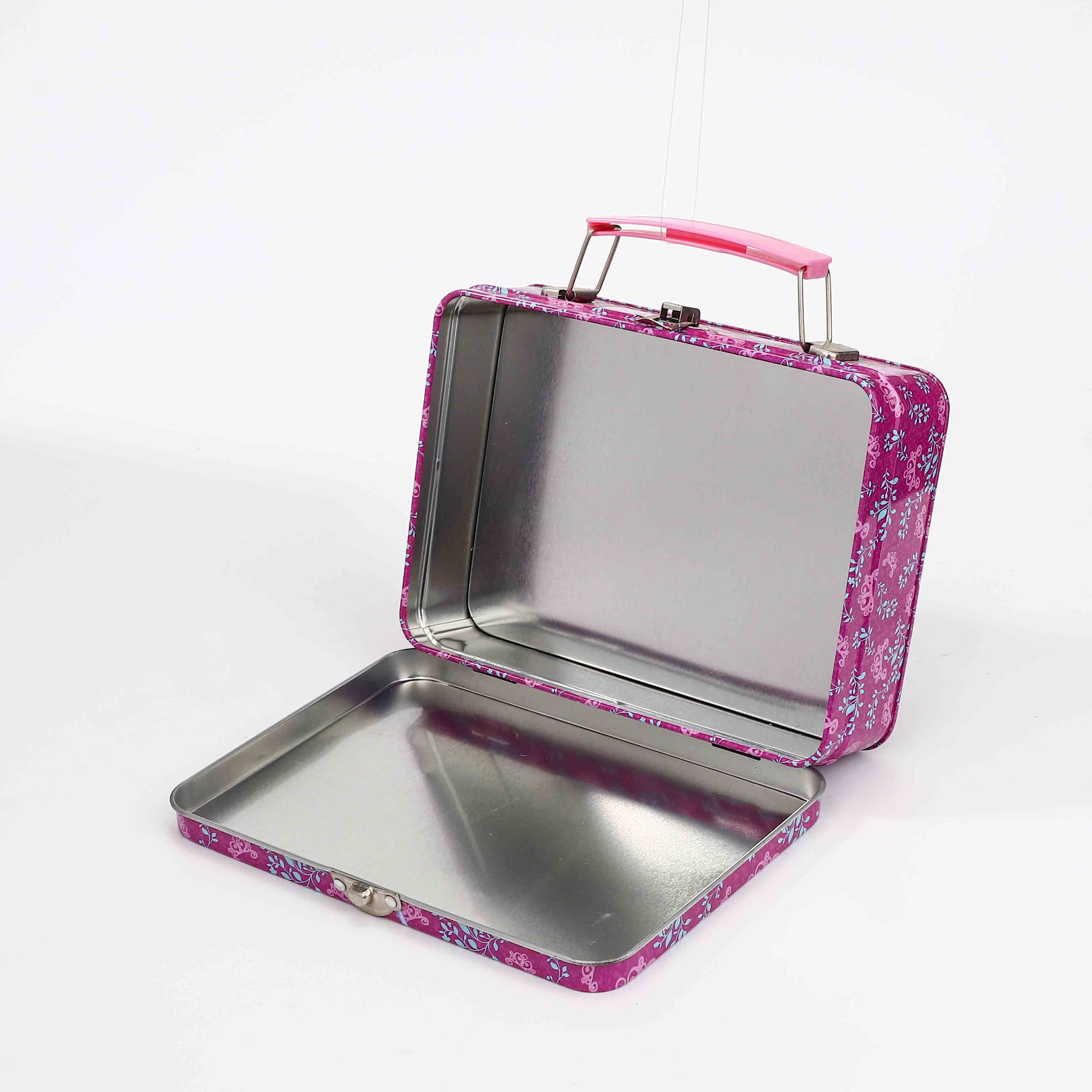Jul . 31, 2024 00:21 Back to list
Understanding Standard Sizes for Wholesale Tin Cans in the Packaging Industry
Understanding Wholesale Sizes of Tin Cans
In the world of packaging, tin cans have long been a staple in the food and beverage industry. Their durability, convenience, and ability to preserve contents over time make them an ideal choice for manufacturers and retailers alike. Understanding the wholesale sizes of tin cans is essential for businesses looking to optimize their packaging strategy, streamline operations, and meet consumer needs efficiently.
The Importance of Tin Can Sizing
When it comes to tin cans, sizes can vary significantly, catering to different products and markets. Common sizes include standard beverage cans (355 ml), food cans (various sizes ranging from 200 g to 3 kg), and specialty cans for items like pet food and soup. Choosing the right size is crucial as it influences production costs, transportation efficiency, and shelf space in stores.
For wholesalers, understanding the dimensions and volumes of tin cans is vital for inventory management. For example, smaller cans may appeal to consumers looking for single-serving options, while larger cans can serve families or cater to food service operations. Thus, having a diverse range of sizes available can help wholesalers better meet customer demands and improve sales performance.
Common Wholesale Sizes
Different industries tend to gravitate towards specific wholesale sizes of tin cans. In the beverage industry, the 355 ml (12 oz) can is ubiquitous in markets, particularly for soft drinks and beer. Larger formats, such as 473 ml (16 oz) and 710 ml (24 oz), have also gained popularity for energy drinks and craft beverages.
In the food sector, sizes can range from small 250 g cans commonly found in grocery stores to larger 2.5 kg cans used in commercial kitchens. For instance, canned vegetables, tomatoes, and fruits often come in standard sizes like 400 g or 800 g, while sauces might be packaged in 1 kg or 3 kg options depending on the target market and consumption patterns.
wholesale sizes of tin cans

Pet food is another area showcasing a variety of can sizes. Small 300 g cans cater to pet owners looking for convenience, while larger 1.5 kg cans are typically found in bulk purchases, catering to those with multiple pets or those who prefer buying in quantities to save money over time.
Factors Influencing Size Selection
Several factors play a role in determining the right size of tin cans for wholesale distribution. One significant element is consumer preference—trends indicate a growing demand for convenient and portion-controlled products, leading to an increase in smaller can sizes in the market. Additionally, sustainability practices are influencing packaging choices, with businesses seeking to minimize waste and use recyclable materials.
Logistics also affects size selection. Larger cans may offer better economies of scale in terms of production and transportation, but they require more shelf space. Retailers must balance the benefits of larger packaging against the need for diversity in their product offerings.
Conclusion
The wholesale sizes of tin cans are not just a matter of convenience; they are integral to the efficiency and success of businesses in the food and beverage industry. By understanding the various sizes available and their respective market applications, wholesalers can better cater to consumer demands, optimize their supply chains, and improve overall sales.
As consumer preferences continue to evolve and sustainability becomes increasingly important, the tin can industry will need to remain adaptable, ensuring that the available sizes meet the needs of both businesses and consumers alike. In doing so, they will not only maintain relevance but also contribute positively to the ever-growing packaging landscape.
-
Top Steel Pail with Lid Manufacturers - Durable & Secure
NewsAug.19,2025
-
Large Metal Box Manufacturers: Custom & Durable Solutions
NewsAug.18,2025
-
Durable Large Metal Box Manufacturers & Custom Solutions
NewsAug.17,2025
-
Large Metal Box Manufacturers | Durable & Custom Solutions
NewsAug.16,2025
-
Top Steel Pail with Lid Manufacturers | Durable & Secure Solutions
NewsAug.15,2025
-
Custom Round Cookie Tins Manufacturers | Bulk Supplier
NewsAug.14,2025




















